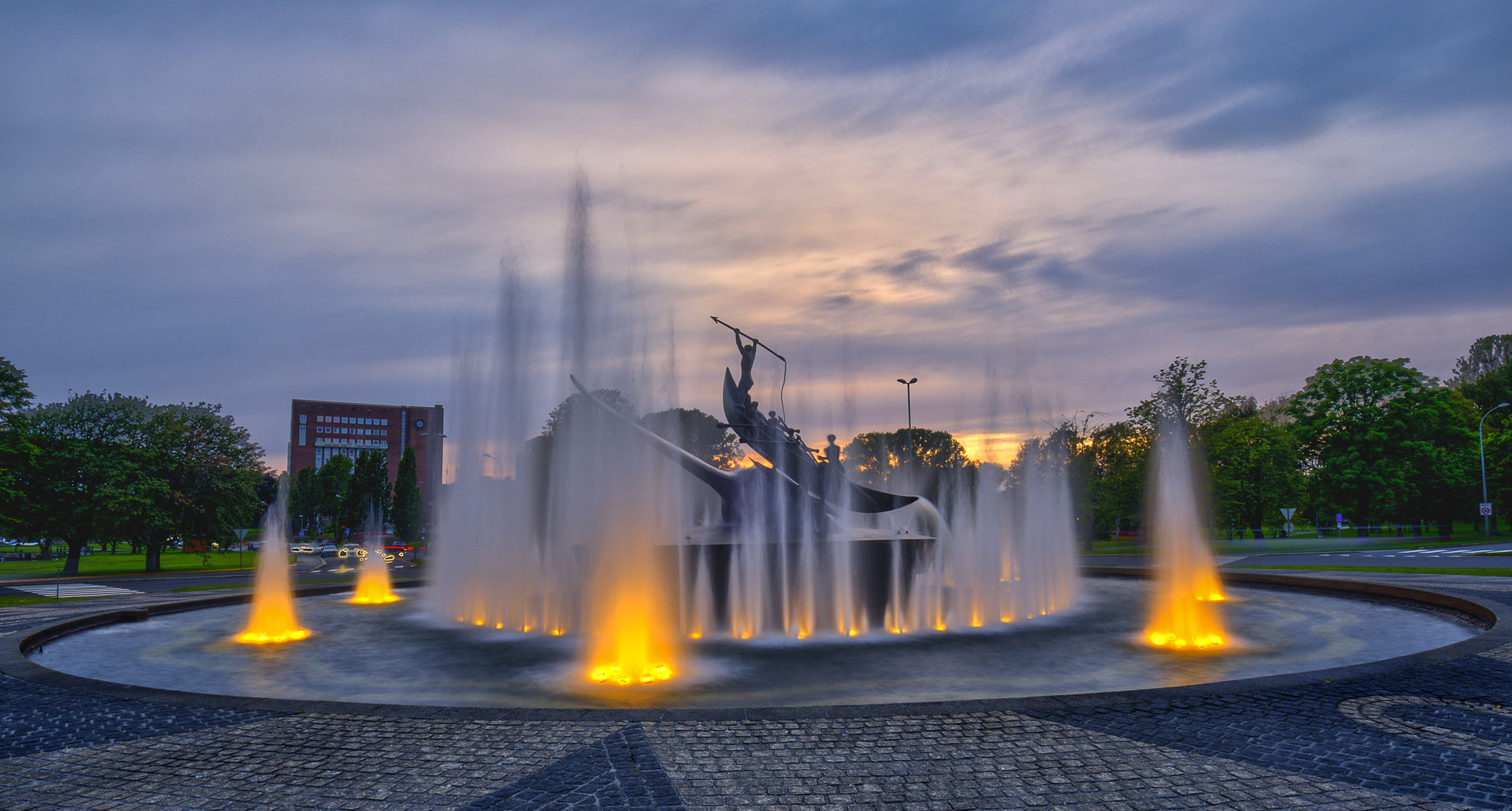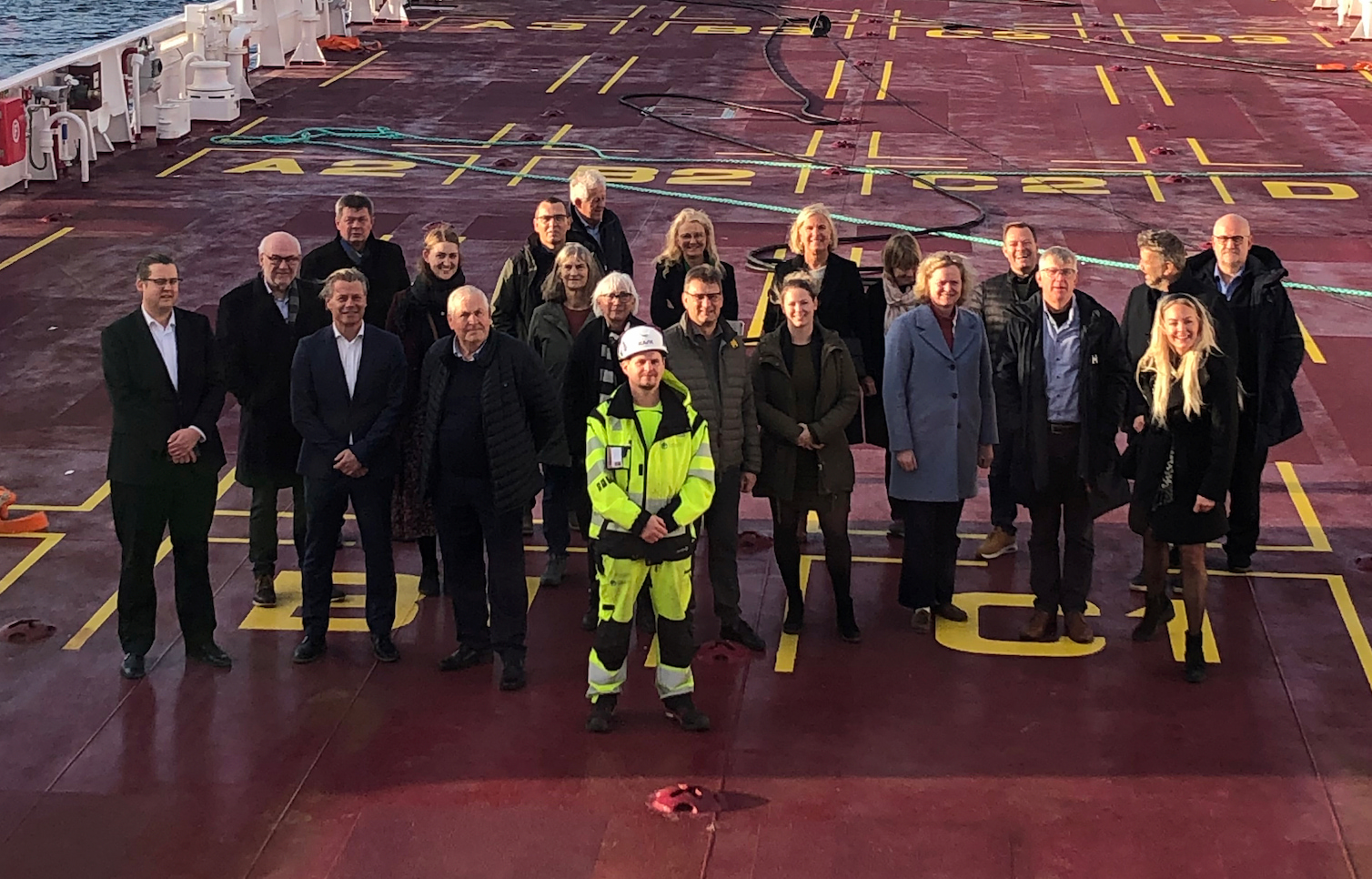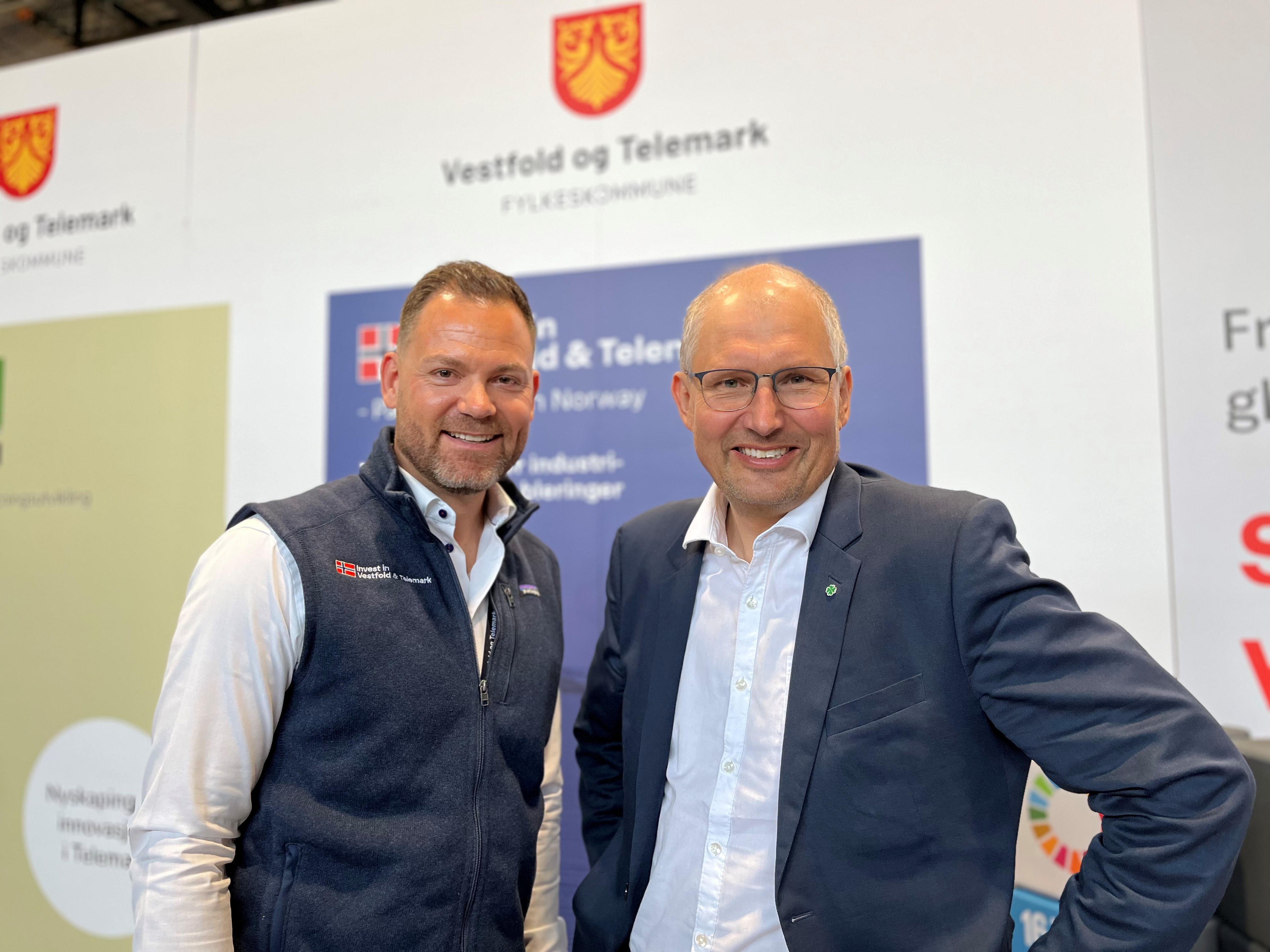Longships were key to the success of the Vikings. With their long hulls, these ships could cover large distances quickly in both shallow and deep waters. This shipbuilding expertise helped Norwegians to dominate the oceans for several hundred years and made Norway one of the world’s leading seafaring nations. It is precisely these historical threads – which extend all the way back to the Viking Age – that have given Norwegian industry’s most ambitious climate project its name: Longship.
Written by Business Norway.
With the Longship project, Norway is in the process of establishing Europe’s first complete value chain for carbon capture and storage (CCS): capture of industrial emissions, transport by ship and pipeline, and permanent storage under the seabed offshore.
Longship is also one of the first industrial CCS projects to develop an open-source infrastructure with the capacity to store significant volumes of CO₂ from across the European continent.
First step carbon capture
Longship is made up of several projects, including two capture projects. One of these is CCS Brevik, which is constructing a plant to capture 400 000 metric tons of CO2 from Heidelberg Materials’ cement factory in Brevik on the southeastern coast of Norway. The project is on time and on budget. It has passed the halfway mark in the construction process and will be ready to capture CO2 from 2025.
Meanwhile, the second project, which is headed by Hafslund Oslo Celsius, plans to capture 400 000 metric tons of CO2 from the Klemetsrud waste-to-energy plant in Oslo. It is currently on hold to explore ways of cutting costs.
Open-source CO2 transport and storage infrastructure
Capturing the carbon is only the first step for Longship. Once captured, the CO₂ will be condensed into liquid form.
The Northern Lights project, which is a collaboration between the three energy giants Equinor, Shell and TotalEnergies, involves the transport of the liquefied CO₂ by tanker from capture sites in Norway and Europe to a purpose-built receiving terminal near Bergen on the western coast of Norway. There it will be pumped through a pipeline to injection wells offshore in the North Sea, and finally stored and sealed nearly three kilometres below the seabed.
Northern Lights will be the first ever cross-border, open-source carbon transport and storage infrastructure network. It is scheduled to come online in 2024, and will transport, inject and store up to 1.5 million metric tons of CO₂ annually. Capacity will gradually be expanded to 5 million metric tons a year.
“Interest in carbon capture and demand for storage capacity is growing fast as companies and countries start to implement net-zero strategies. Northern Lights is adjusting its ambition to meet market demand in Norway and Europe. We are positioning ourselves to receive CO₂ from several different sectors that are looking to Norway for storage capacity. The potential is huge, since it is almost impossible to achieve the world’s climate goals without this technology,” says Børre Jacobsen, Managing Director of Northern Lights JV.
Northern Lights has achieved several major milestones. In spring 2020, the first well was drilled in the North Sea for injection of CO₂ into the storage complex below the seabed. In spring 2023, the formal start of construction of the first two LCO2 transport ships was marked with a keel-laying ceremony.
“The keel laying is a major milestone in building the world’s first large-scale LCO2 transport ships. In 2024, the ships will be launched from the dock at the shipyard in China and will sail to the Northern Lights facilities in Norway, ready for operations,” says Jacobsen.
Moreover, in May 2023 the company entered into an agreement with the Danish company Ørsted for the storage of 430 000 metric tons of CO2.
Read more about Northern Lights
An exciting technological journey
Norway is an early mover in CCS. Gassnova has been working on CCS alongside industry since 2005 – at every stage from R&D to industrial scaling. Gassnova’s main goal is to contribute to technology development and cost reduction and help to deploy CCS through knowledge sharing and experience transfer with its partners.
The Norwegian full-scale CCS project emerged from a unique long-term collaboration between the Norwegian government, government agencies, R&D institutions, academia and industrial partners. Longship would not have been possible without the expertise and close cooperation of Gassnova’s industrial partners, and its success is based on valuable relationships.
“Longship is helping to solve one of the greatest challenges of our time: climate change. This is a crucial first step. We now need to ensure that infrastructure can be developed at an even bigger scale.” — Morten Henriksen, CEO, Gassnova
Knowledge and learning will benefit all
As a part of the Longship project, partners will share experience to increase knowledge about CCS technologies, speed up its development and demonstrate that CCS can be carried out on a massive scale. The aim is ultimately to achieve long-term climate goals in Norway and the EU in a cost-effective manner.




